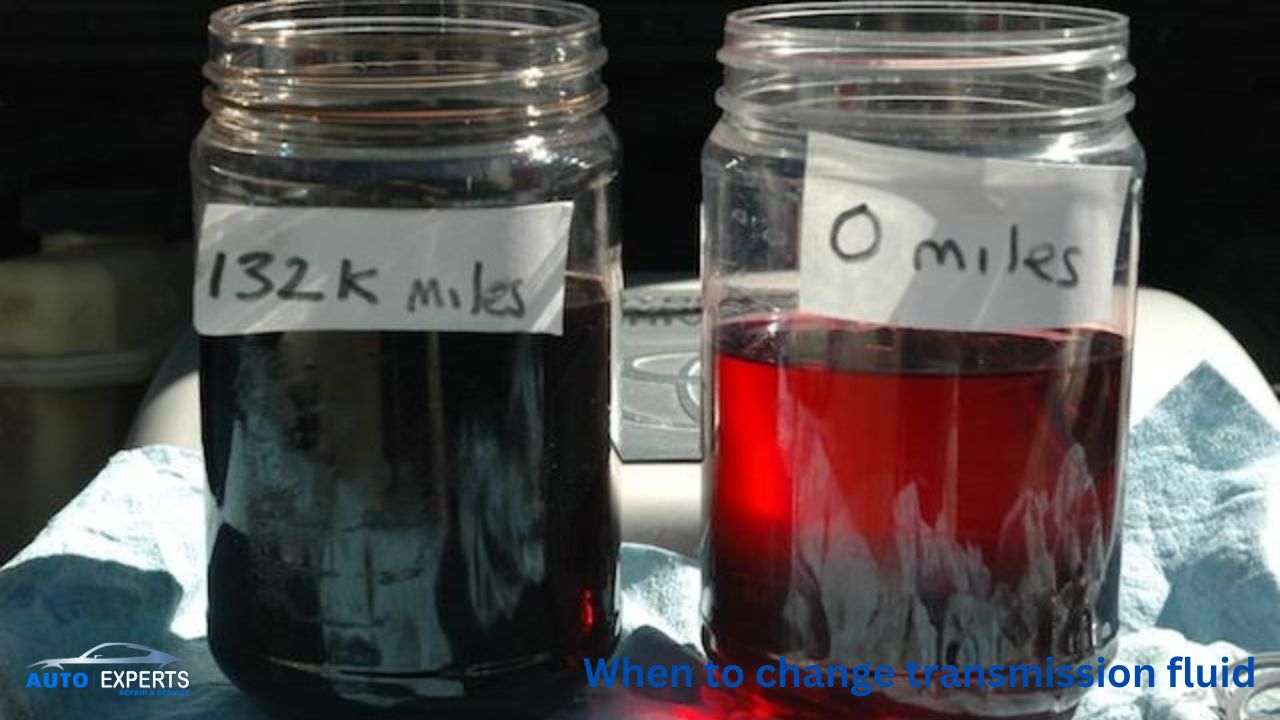When to Change Transmission Fluid: A Quick Guide

Transmission fluid plays a crucial role in ensuring your vehicle’s transmission system operates smoothly. It lubricates the moving parts, cools the transmission, and ensures your car shifts gears efficiently. However, like all fluids in your vehicle, transmission fluid doesn’t last forever and needs to be changed at the right intervals to avoid costly repairs and maintain optimal performance.
Why Transmission Fluid Matters
Transmission fluid serves several key functions:
- Lubrication: It reduces friction between the transmission’s moving parts, preventing wear and tear.
- Cooling: It helps dissipate heat generated by the transmission, keeping the system from overheating.
- Cleaning: The fluid picks up debris and tiny metal particles, helping to keep the transmission clean.
Over time, the fluid can degrade, becoming contaminated with dirt and metal shavings, which can cause the transmission to perform poorly or even fail.
Signs That It’s Time to Change Your Transmission Fluid
Knowing when to change your transmission fluid isn’t always straightforward, but there are clear signs that your fluid may need attention:
- Unusual Noises: Grinding, whining, or clunking sounds during gear shifts can indicate that the transmission fluid is dirty or low.
- Gear Slippage: If your vehicle is slipping out of gear or struggling to stay in gear, this could be a sign that your transmission fluid is no longer doing its job effectively.
- Delayed Shifting: A delay when shifting gears, especially from park to drive, may signal that the fluid needs to be changed.
- Overheating: Transmission fluid helps cool the transmission. If your car overheats, especially in traffic, your transmission fluid might be the culprit.
- Burnt Smell: If you detect a burnt odor while driving, it could be a sign that your transmission fluid is overheating or breaking down.
- Fluid Leaks: Puddles of red or brown fluid under your vehicle are a clear sign that you should check your transmission fluid levels and condition.
Manufacturer Recommendations
Each vehicle manufacturer provides specific guidelines on when to change transmission fluid, often based on mileage. Typically, the recommended range is every 30,000 to 60,000 miles, but this can vary depending on your vehicle and driving conditions. Always refer to your owner’s manual for the most accurate advice.
Drivers who regularly tow heavy loads, drive in heavy traffic, or operate in extreme temperatures may need to change their transmission fluid more frequently. These conditions put extra strain on the transmission, leading to quicker fluid degradation.
Checking Transmission Fluid
Regularly checking your transmission fluid can help you identify issues before they become serious problems. Here’s a simple way to do it:
- Warm Up the Engine: Start your car and let it run for a few minutes. Transmission fluid needs to be warm to get an accurate reading.
- Find the Dipstick: Open the hood and locate the transmission dipstick, usually near the back of the engine.
- Check the Fluid: Pull out the dipstick, wipe it clean, then reinsert it and pull it out again. The fluid should be at the correct level and have a bright red or pink color. Dark or burnt-smelling fluid indicates it’s time for a change.
Changing Transmission Fluid: DIY or Professional?
Changing your car’s transmission fluid is a task that some car owners can handle themselves, but it requires careful attention to detail. Here’s a brief overview of the process:
- Lift the Vehicle: Safely jack up your car and secure it.
- Drain the Fluid: Locate the transmission drain plug, remove it, and let the old fluid drain into a pan.
- Replace the Filter: If your vehicle has a transmission filter, replace it during this process.
- Refill with New Fluid: Once drained, replace the plug and refill the transmission with the correct type and amount of fluid.
- Check for Leaks: Start the engine and check under the vehicle for any signs of leakage.
While doing it yourself can save money, taking your vehicle to a professional ensures that the job is done correctly, with the right type of fluid and any necessary adjustments.
Final Thoughts
Changing your transmission fluid at the right intervals is essential to keeping your vehicle running smoothly. By paying attention to the signs of aging fluid and following your manufacturer’s guidelines, you can prevent costly transmission repairs and extend the life of your vehicle. Whether you decide to handle the change yourself or visit a professional mechanic, regular maintenance is key to keeping your car in top condition.